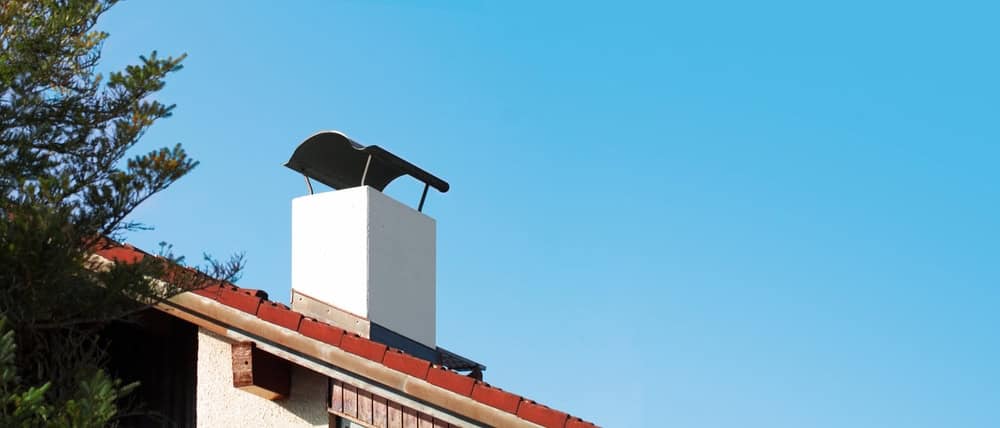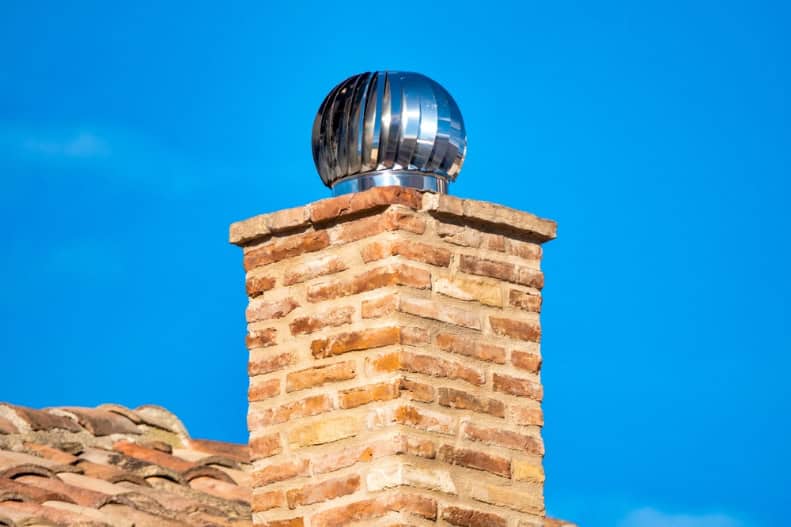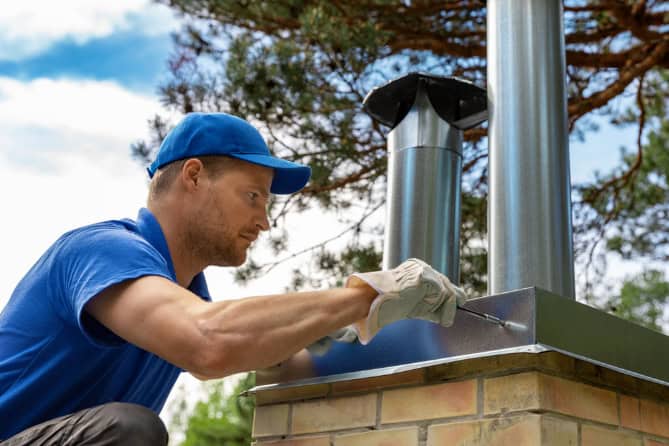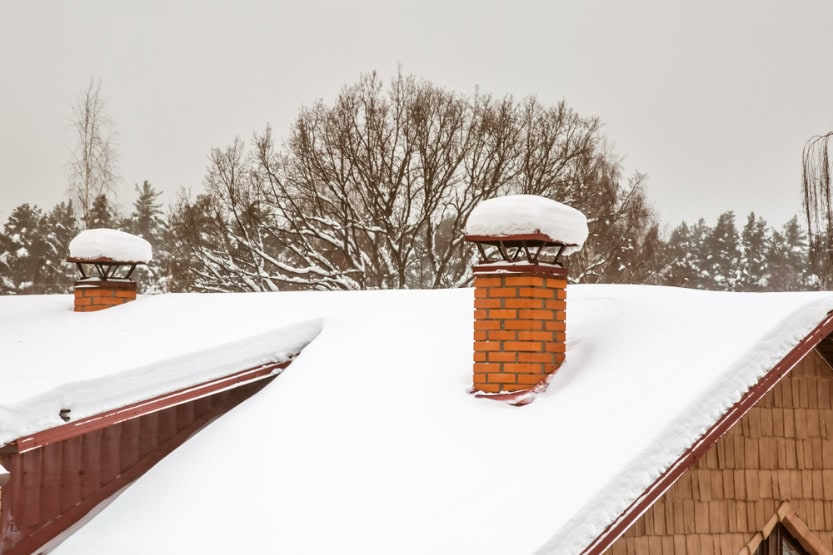Professional chimney cap installation that actually protects your home from costly water damage and unwanted visitors.

Hear from Our Customers

You won’t wake up to water stains on your ceiling anymore. No more birds or squirrels setting up camp in your chimney. No more leaves and debris clogging your system every fall.
A properly installed chimney cap does more than sit on top of your chimney. It channels water away from your flue, keeps animals out, and prevents downdrafts that can fill your home with smoke.
Your chimney system works the way it’s supposed to work. Your home stays dry. Your fireplace stays functional. And you stop worrying about what might be wrong up there.
Certified Chimney Inspections has been handling chimney work in North Kingstown since 2000. We formally established the current company in 2016, bringing over two decades of hands-on experience to every job.
Every technician is CSI (Chimney Safety Institute of America) certified. That certification means we understand proper installation techniques, safety protocols, and local building requirements.
You’re working with professionals who know North Kingstown’s coastal weather conditions and how they affect chimney systems. We’ve seen what works and what fails in this environment.

First, we inspect your existing chimney structure and measure for proper fit. Every chimney is different, so getting accurate measurements is critical for proper function.
Next, we remove any old or damaged cap and clean the chimney crown area. If there are cracks or damage to the crown itself, we’ll address those issues before installing your new cap.
Then comes installation of your new chimney cap, whether it’s a standard stainless steel model or a custom-made cap designed specifically for your chimney. We secure it properly and test the fit to ensure it won’t shift or come loose during storms.
You get a final walkthrough explaining what was done and any maintenance recommendations. The job isn’t finished until you understand exactly what you’re getting.

Ready to get started?
Standard stainless steel chimney caps work for most residential chimneys. They resist rust, handle North Kingstown’s coastal weather, and provide reliable protection for years.
Custom-made chimney caps are necessary for unusual chimney configurations, multiple flues, or when you want specific aesthetic features. We fabricate these to your exact specifications and requirements.
Every installation includes proper mounting hardware and weatherproofing. You’re not getting a cap that’s going to blow off in the next storm or start leaking after six months. The materials and installation methods are designed to last in Rhode Island’s weather conditions.
